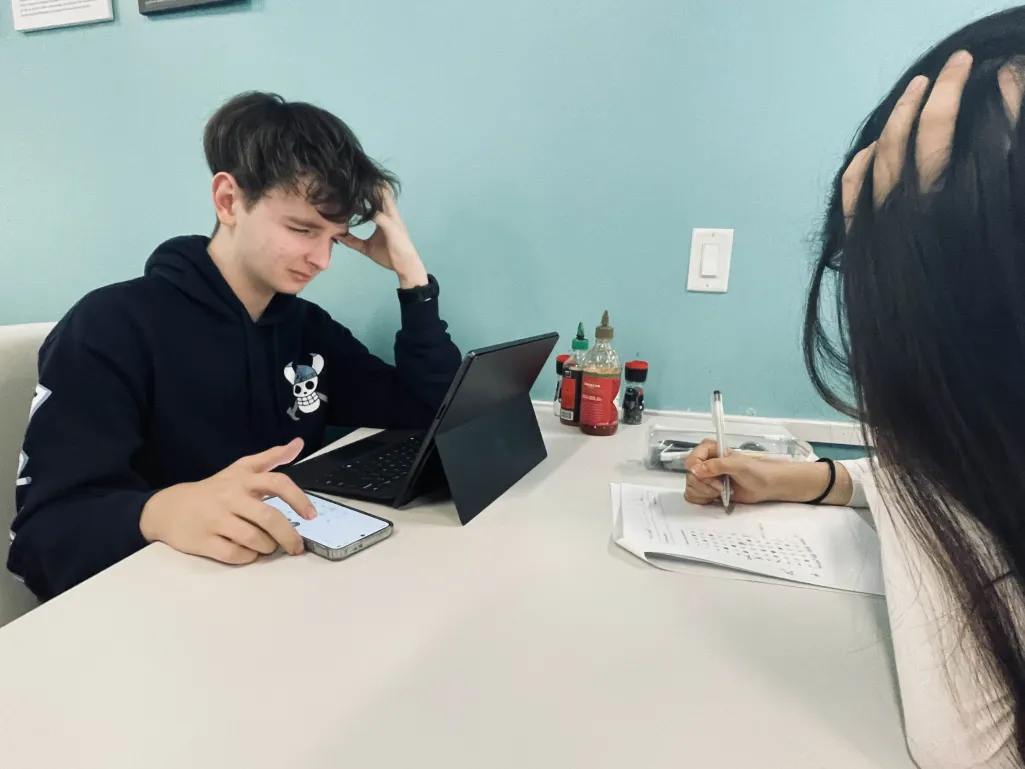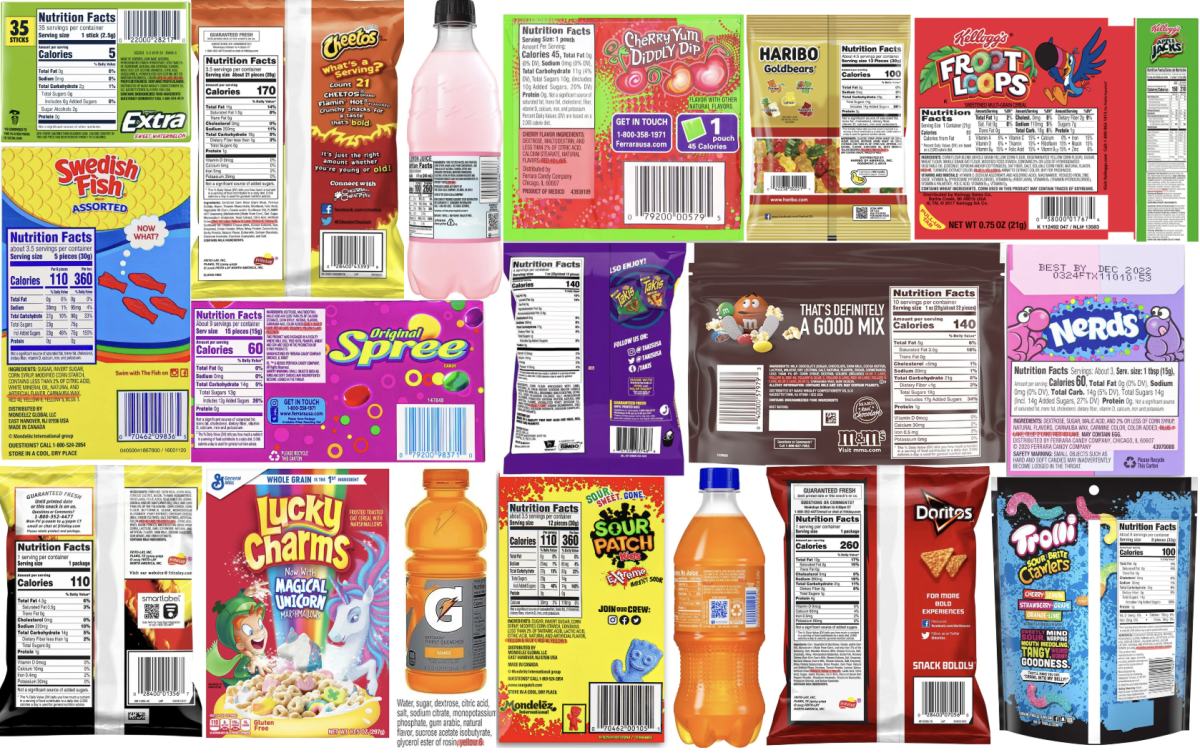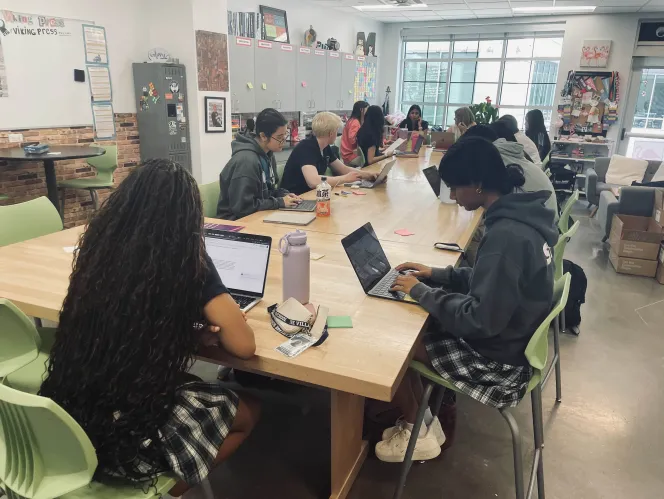How did you get your music taste? As we grow up, so does our music taste, which is heavily influenced by media. Over the past year, TikTok has risen in popularity and different artists have been able to use the platform to advertise their music. This has led to artists blowing up in popularity such as Yeat, Conon Gray, PinkPantheress, etc. In the past, music would be advertised through the radio, physical copies, or live shows. Over the years, the evolution of music advertisement has digitized, prioritizing social media, streaming services, and commercials.
In the past decades, artists and labels have seen a shift as music is no longer just pushed through old-style media. Now, they have to adapt to the digital age. “Ever since I started using TikTok I’ve noticed major changes in my music taste,” said Sophmore Matthew Rovere. “Whether that’s been through different genres or just different songs in general, social media has heavily affected my music taste.” Every song must find its niche across diverse social platforms to stand out – trends like influencer and playlist marketing now hold sway in spreading tracks far and wide, content creation plays a huge role as boasting a social media presence helps an artist stand out more. All this helps the artist connect with their fan bases effectively. With this approach, fan communities grow strong and loyalty is created.
Streaming’s rise has reshaped music in how we find it, listen to it, and spread the word about it. From more traditional forms of streaming like CDs to streaming; artists and labels have changed their ways of reaching out. Such platforms adapt to our past music history and offer recommendations just for us, such as Spotify’s ‘made for you’ playlists. This means getting a song on popular playlists matters more than ever for an artist’s visibility. This shift not only alters promotion methods but also sparks new opportunities for artists to push their music to wider audiences.
The use of music in commercials has evolved significantly over the years, reflecting changes in consumer preferences, advertising trends, and the music industry itself. In the past, commercials would often use popular songs or catchy jingles to create memorable brand recognition. However, with the rise of digital platforms and social media, the use of music in commercials has become more diverse and targeted. Brands now collaborate with artists to create original music for their campaigns, leveraging the artist’s fan base and the emotional impact of music to connect with consumers. A great example of this is the collaboration between McDonald’s and Travis Scott, the “Travis Scott Meal”, boasting tremendous increases in new customers. Additionally, data-driven insights are used to select music that resonates with specific target audiences, leading to more personalized and effective commercial soundtracks. The evolution of music in commercials has not only provided new opportunities for artists to showcase their work but has also led to a more sophisticated approach to using music as a powerful tool for brand association.
Commercials have shifted their use of music, analyzing shifts in what buyers like resonating with the consumer, and developing brand recognition. Before, commercials would use a hit song or a catchy jingle to remind you of their brand. Now, due to increasing technology, songs used in ads show more range and aim. Firms team up with singers to make new songs for their promotions, tapping into the singer’s fanbase and the new product. Mcdonald’s joined with J Balvin to create the J Balvin Meal; this led to huge increases in conversion whether through revenue or streaming. Also, brands analyze data to reach an audience, thus making ad soundtracks feel more personal. This shift not only helps artists promote their music but also brings new ways for companies to reach new consumers.
As the digital world evolves further, so will music. Artists and labels will become more focused on connection with their fans through media which could lead to a more personal relationship between musician and listener. The new digital world allows artists to push their music to like-minded communities and create a more diverse group of elite artists. Thus also allowing for increased collaboration to benefit both parties. All in all the evolution of technology benefits the spread of different music as I wouldn’t have the music taste I do today without it.








